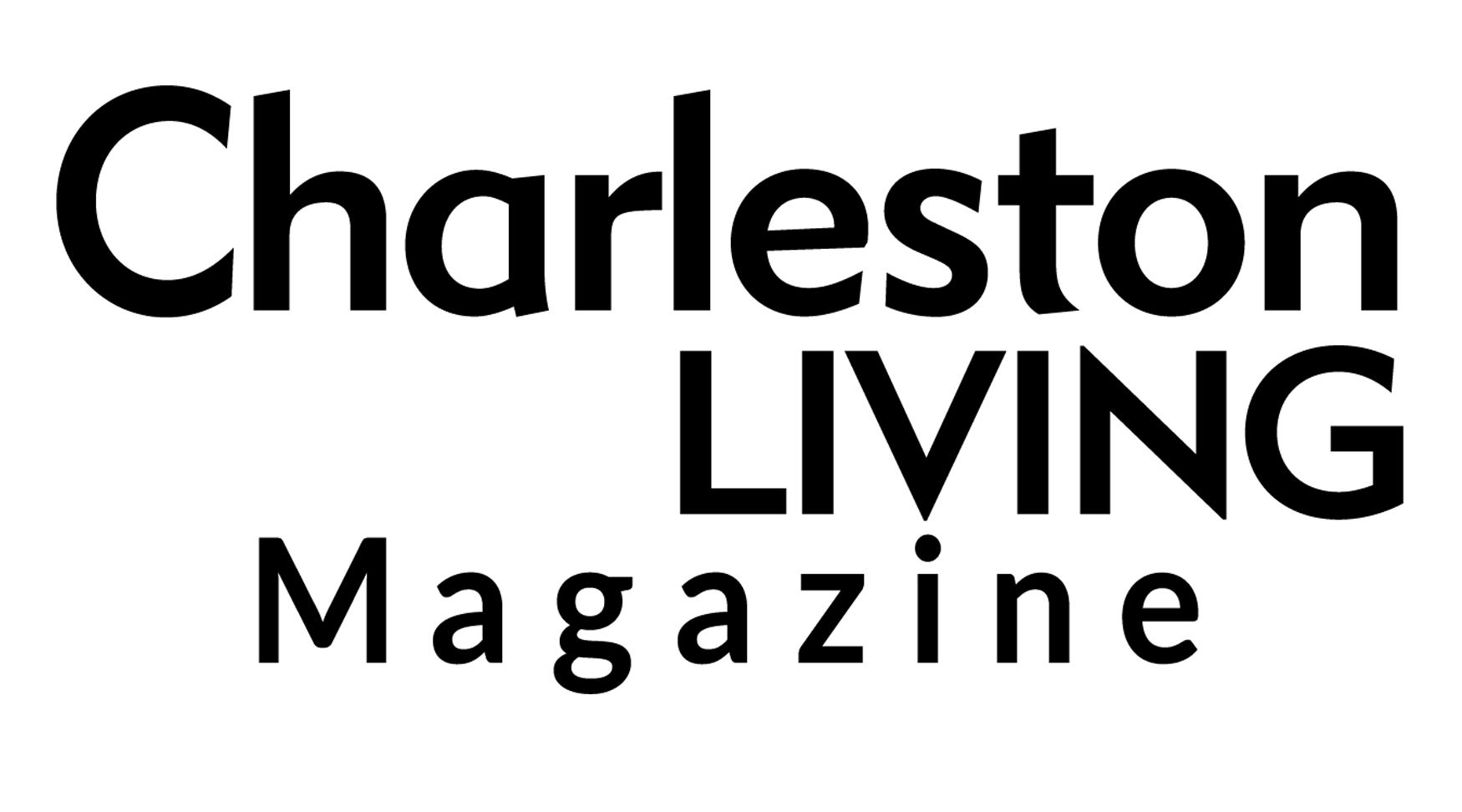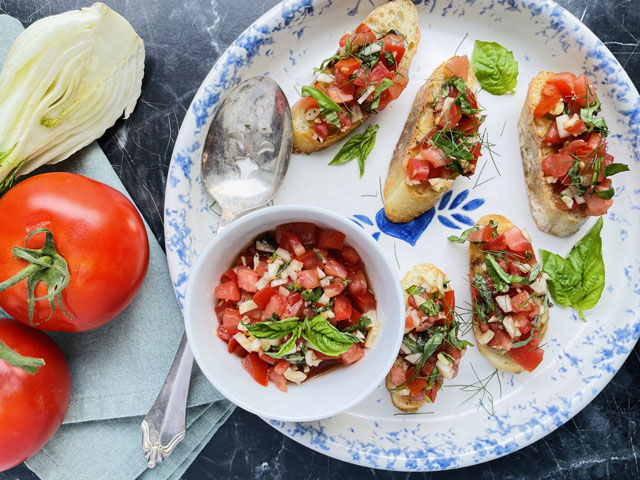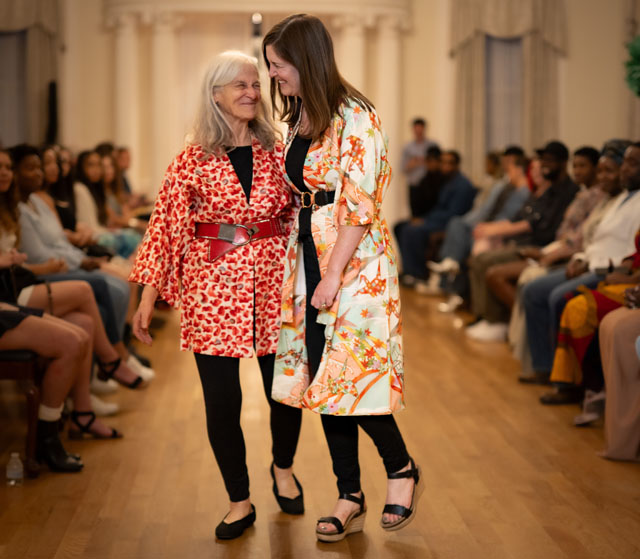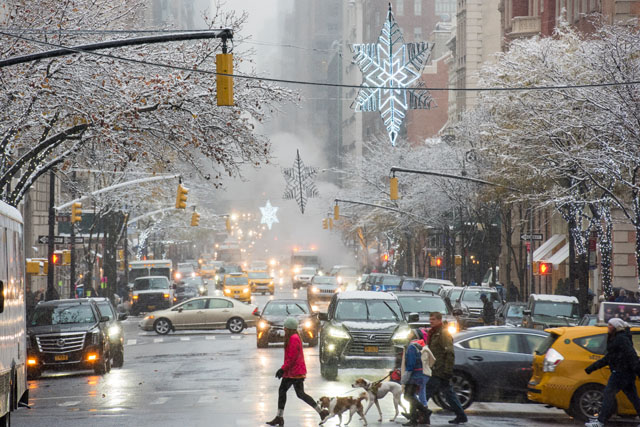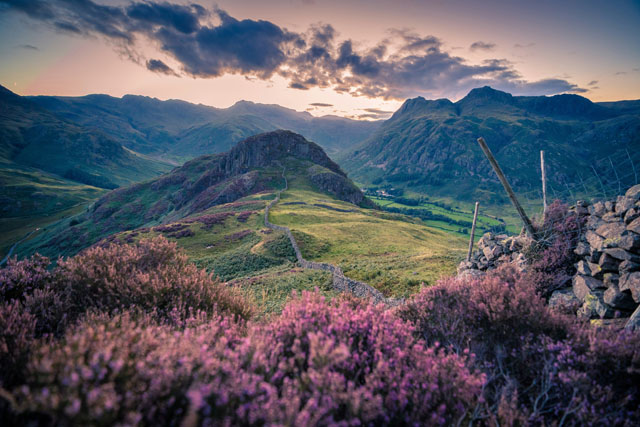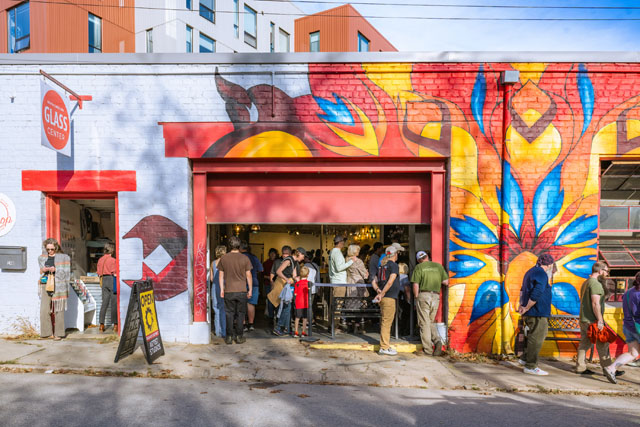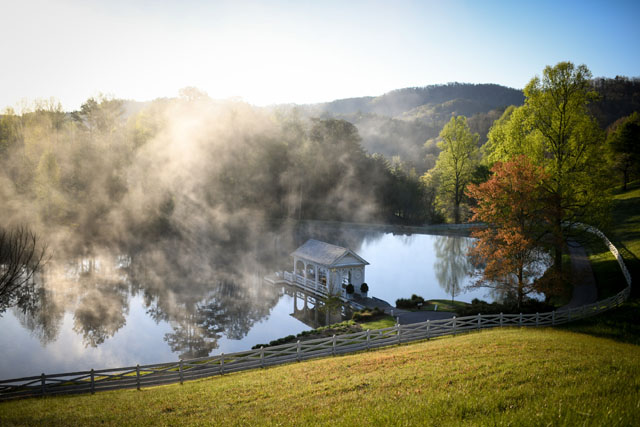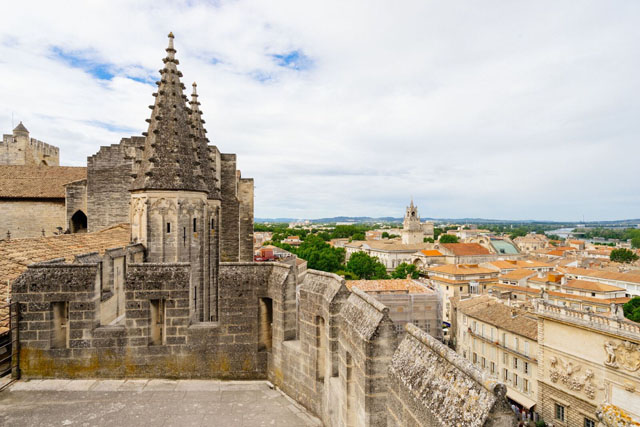Discover Austria
04 May 2025
More than the Sound of Music
May-June 2025
Written By: By Katie McElveen | Images: Photos Patrick Bätz
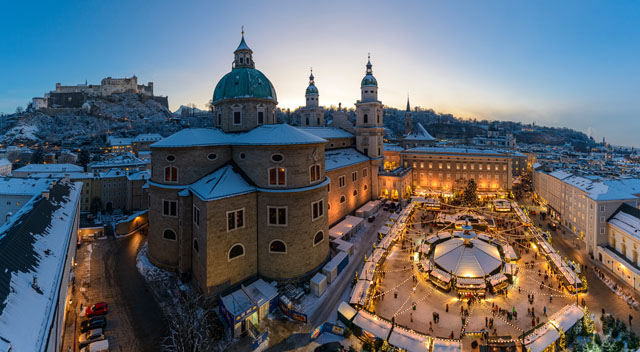
I’d heard about the phenomenon, but today, standing next to the famous Pegasus fountain in Salzburg’s Mirabell Gardens, I was seeing it with my own eyes. Women, children and even a few men were skipping through an arched garden trellis, posing on the fountain ledge and swirling through the gravel paths, belting out various versions of “Do-Re-Mi,” the iconic song from the film “The Sound of Music” that was shot right here. Their enthusiasm was infectious, and if it hadn’t been pouring rain, I would have joined them.
Walking through Salzburg on the eve of “The Sound of Music’s” 60th anniversary, it’s hard not to get goosebumps when I pass by the Felsenreitschule festival hall where the Von Trapp’s gave their final performance or when I look up toward the Nonnberg Abbey where Maria lived with the nuns. Though I’ve learned by now that parts of the story were fictionalized, it’s still thrilling to see the real locations.
Thrilling would actually describe my entire visit to Austria. Though the country is easy to get to, a cinch to navigate, safe and remarkably beautiful — outside of Salzburg, it feels almost undiscovered by Americans. For travelers in search of a destination that feels real and authentic, this is it.
We’d started in St. Anton am Arlberg, a small town in the Tyrolean Alps that’s said to be the birthplace of alpine skiing. Though we were early for ski season (winter travelers should know that the resort is part of Epic Pass), lifts, cycle paths and hiking trails offered glorious views of the still snow-capped mountains; even better, Austria’s trailside dining huts were still open for business. Imagine this: you’re hiking or cycling over high mountain trails, when you realize you’re hungry for lunch. Instead of digging into your pack for a smashed PB&J, you can pull into one of these culinary oases for traditional Austrian fare.
Ten years ago, the huts catered mostly to cross-country skiers, hikers, hard-core cyclists and free-skiers; these days, with the advent of e-bikes, they’re accessible to the rest of us. It took about 20 minutes of pedaling to reach Wagner Hutte, a former hunting lodge that’s been transformed into a cozy mountain hideaway, complete with heart-pine walls, beamed ceilings and sheepskins covering the chairs. A couple of hours farther along the trail, rustic Konstanzer Huette sits in a narrow cleft, surrounded by rocky peaks. Both serve traditional Tyrolean dishes—squiggly spaetzle noodles, hearty dumplings, ethereal strudel—as well as salads and sandwiches.
The region is also home to Verwallstube, a winter-only Gault & Millaut-awarded restaurant that sits at the top of one of St. Anton am Arlberg’s ski mountains. The food is only second to the wine list, so consider making the restaurant your last stop and taking the gondola back to town.
After three days in St. Anton am Arlberg, we hopped aboard a train for the two-hour trip southeast to the Oetztal Valley, a 40-mile-long gorge rimmed by a fortress of 10,000-foot-tall peaks. It was once so remote that it had its own dialect (it’s also where a pair of hikers discovered the 5,300 year old Otzi the Iceman in 1991); today, Innsbruck is less than an hour away by car and about 90 minutes by train. The region’s mountain bike trails, white water rafting, glacier skiing and other adventures attract sporty types from all over the world.
We stayed in the tiny village of Langenfeld, which is home to Aqua Dome, a 200-room hotel connected to a remarkable 700,000-square-foot spa where I joyfully exercised, swam, sauna-ed, soaked and was massaged within an inch of my life.
The town is also a jumping-off point for several challenging hiking trails that weave their way up, down and over the mountains, through the woods and past the treeline. I joined a small group for a trek up the mountain, where we had lunch in one of the region’s culinary huts before making our way down the other side of the loop. Unlike other gourmet huts in Austria, the Oetztal Valley’s hike-in huts are part of a government-run program that trades funding for a commitment to serve only authentic Tyrolean cuisine made from locally-sourced ingredients. Not only does it provide visitors with an authentic experience, but the program allows young families to continue to live and work on their small mountain farms, many of which have been in the same family for generations.
